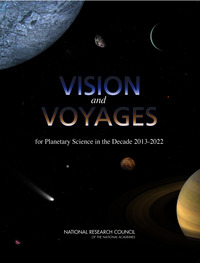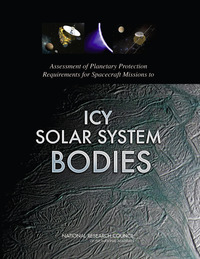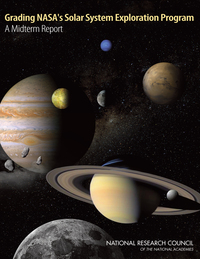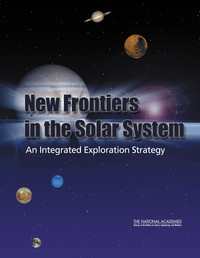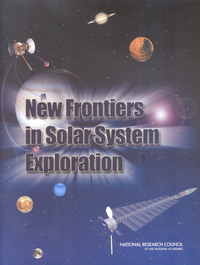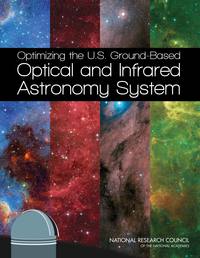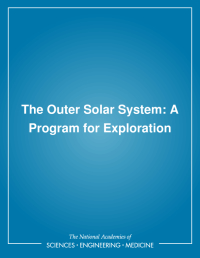
Image Credit: NASA/GSFC
Today’s flyby of Pluto and its system of moons by New Horizons finishes our initial reconnaissance of the classical solar system, and begins our exploration of the Kuiper Belt. This large area beyond Neptune’s orbit remains mysterious and unknown. National Academy of Sciences reports have ranked the exploration of this region as a research priority for the coming decade. Why is the Kuiper Belt important? What new discoveries do we expect to make? Find out here.
In recent years, planetary science has seen a tremendous growth in new knowledge. Deposits of water ice exist at the Moon’s poles. Discoveries on the surface of Mars point to an early warm wet climate, and perhaps conditions under which life …
NASA’s exploration of planets and satellites during the past 50 years has led to the discovery of traces of water ice throughout the solar system and prospects for large liquid water reservoirs beneath the frozen ICE shells of multiple satellites …
The NASA Authorization Act of 2005 directed the agency to ask the NRC to assess the performance of each division in the NASA Science directorate at five-year intervals. In this connection, NASA requested the NRC to review the progress the Planetary …
Solar system exploration is that grand human endeavor which reaches out through interplanetary space to discover the nature and origins of the system of planets in which we live and to learn whether life exists beyond Earth. It is an international …
Over the last four decades, robotic spacecraft have visited nearly every planet, from torrid Mercury to frigid Neptune. The data returned by these Pioneers, Mariners, Vikings, and Voyagers have revolutionized our understanding of the solar …
New astronomical facilities, such as the under-construction Large Synoptic Survey Telescope and planned 30-meter-class telescopes, and new instrumentation on existing optical and infrared (OIR) telescopes, hold the promise of groundbreaking …
The first spacecraft to explore the secrets of the Sun, Jupiter, Saturn, and the void beyond Pluto, the Pioneer space probes have been the trailblazers of the space age, truly going where no man has gone before.
Emblazoned with the …
